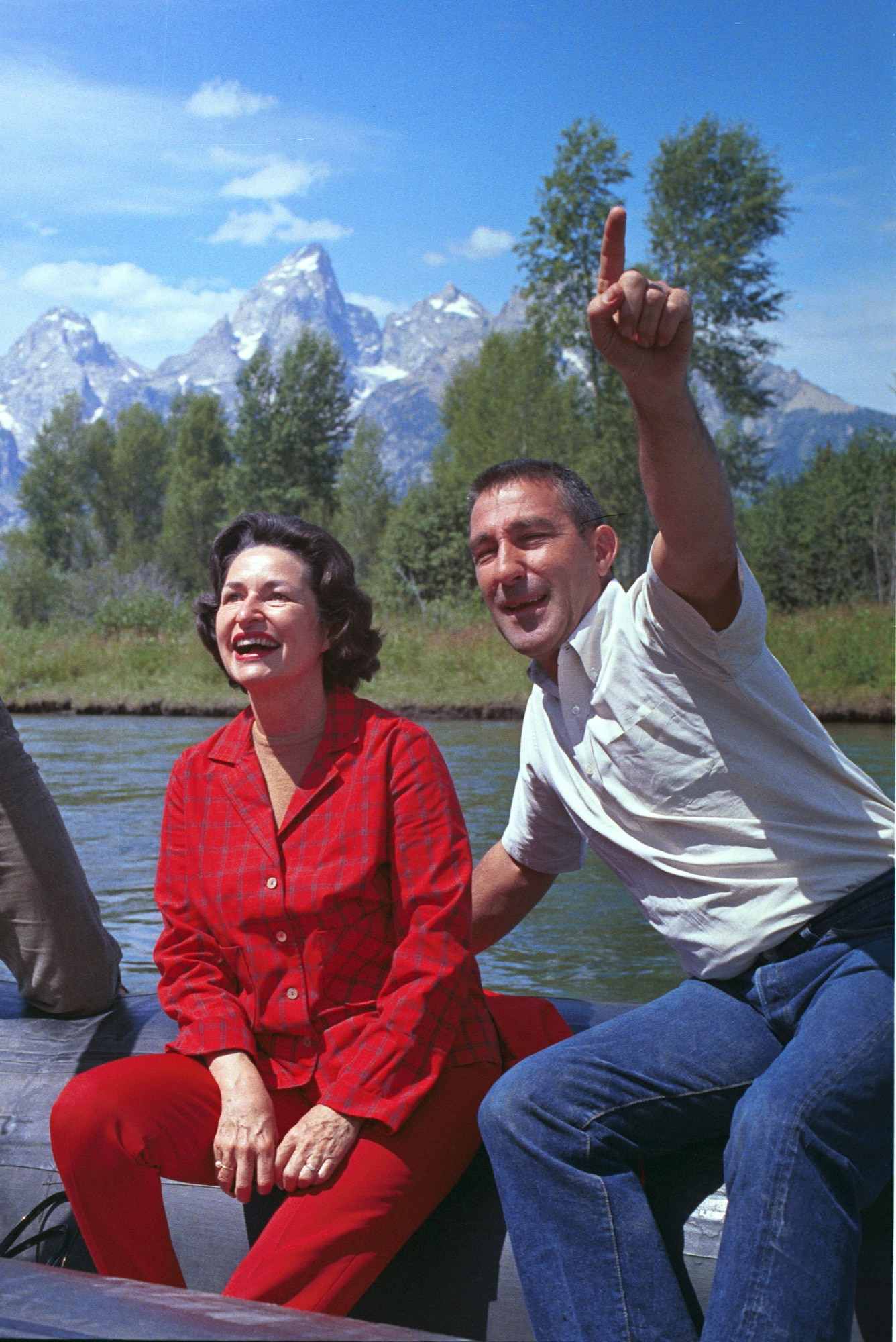
Article Summary: The Conservation Brothers
The Conservation Brothers. Two men who served America and made a difference. One served as Secretary of the Interior from 1961-69. The other spent 30 years in Congress from 1961-1991. Together, they played an important role in protecting America’s public lands.
Morris and Stewart Udall worked with both Democrats and Republicans to advance the cause of conservation and environmental protection in America. As the University of Arizona noted, they were “Voices for the Environment.”
These two brothers set the foundation for countless enduring pieces of environmental legislation, national historic landmarks and shorelines, and legislation reflecting a deep and abiding respect for the original inhabitants of the lands encompassed by the continental United States.
More Than Just Parks, created by two brothers who cherish America’s public lands and who also happen to be my sons, honor two other “conservation brothers” who made protecting our natural environment their lifelong pursuit.
More Than Just Parks celebrates the Udall Brothers achievements as part of our important Environment Heroes Series.
Morris Udall & Stewart Udall – The Conservation Brothers
Stewart Udall – Early Career
Born on January 31, 1920, in St. Johns, Arizona, Stewart Udall came from a family with a strong legacy of public service and community involvement. His parents were Louise Lee Udall and Levi S. Udall, a former Arizona Supreme Court Justice.
Stewart’s childhood was spent in St. Johns, a rural town with Mormon roots, where he received his primary education. The town had been founded by Stewart’s grandfather, and this connection to his family’s history likely influenced his values and sense of community.
After completing his early education, Stewart Udall attended the University of Arizona. He took a break from his studies to serve as a Mormon missionary in New York and Pennsylvania, engaging in religious outreach and community work. He later enlisted in the United States Air Force during World War II. Udall served as a gunner in Europe.
Returning to his studies at the University of Arizona, Udall was a member of the university’s basketball team that participated in the National Invitational Tournament at Madison Square Garden in 1946. He eventually graduated from the University in 1948 with a law degree.
Following his graduation, Stewart Udall embarked on a legal career. He established his own law practice shortly after obtaining his law degree. He then joined forces with his brother, Morris, to open a law firm in Tucson. This professional background in law would prove to be valuable as he ventured into politics and public service.
Stewart Udall’s upbringing, education, and early experiences helped to shape his values, sense of community and commitment to public service. These formative years provided him with the skills, knowledge, and perspectives that would drive his impactful career as a politician, environmental advocate and tireless public servant.

A Life Dedicated To Public Service
Stewart Udall began his national political career in Arizona, where he served as a member of the U.S. House of Representatives from 1955 to 1961. During his time in Congress, he focused on issues related to public lands, conservation, and natural resources.
As a consequence of his efforts, he was appointed as Secretary of the Interior by John F. Kennedy in 1961.
During his time overseeing the Interior Department, Udall played a key role in the enactment of major environmental laws including: the Clear Air, Water Quality and Clean Water Restoration Acts and Amendments, the Wilderness Act of 1964, the Endangered Species Preservation Act of 1966, the Land and Water Conservation Fund Act of 1965, and the Solid Waste Disposal Act of 1965.
He also oversaw the addition of several national parks, national monuments, national seashores, national recreation areas, national historic sites, and national wildlife refuges.
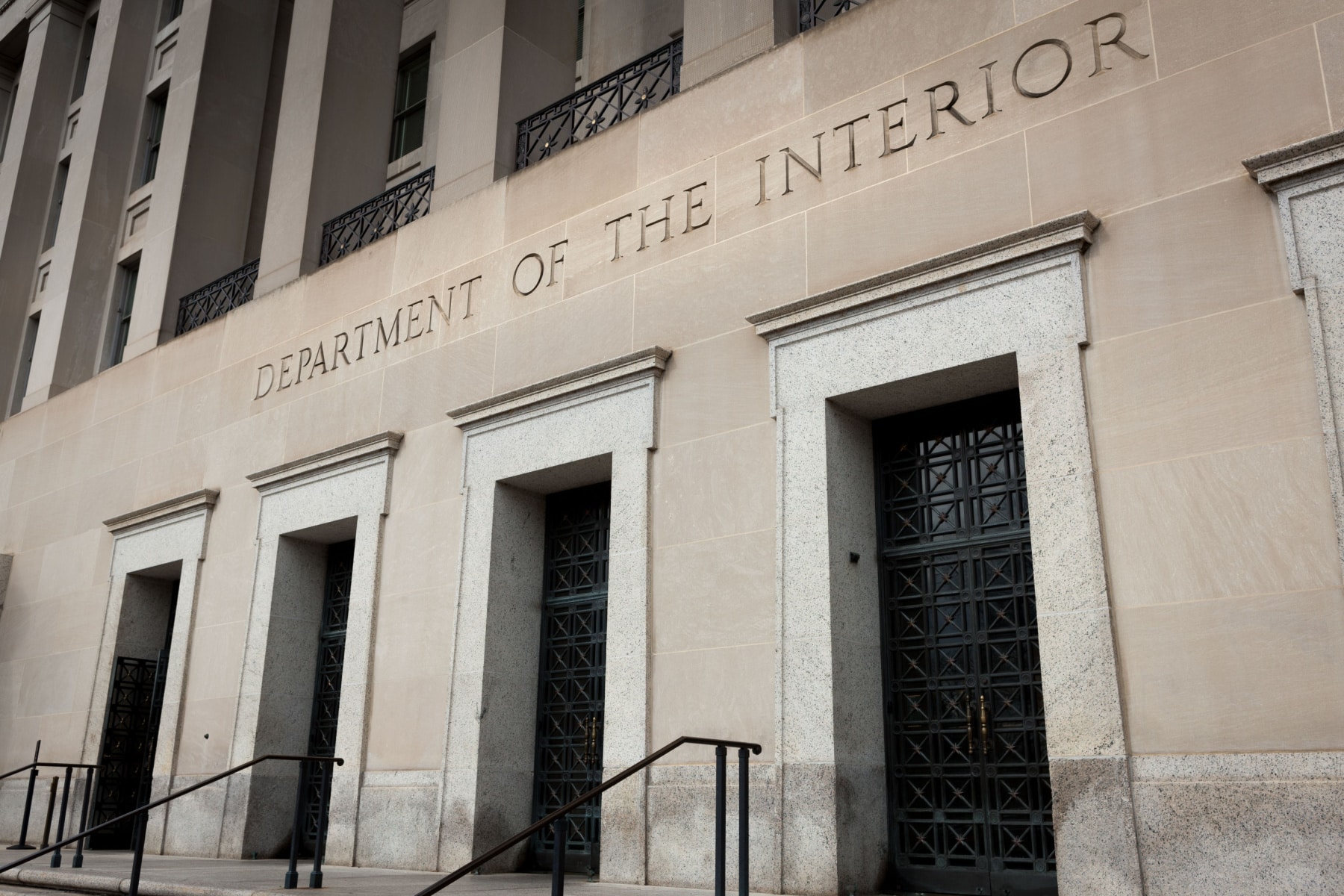
The Quiet Crisis
Stewart Udall became a leader of the conservation movement warning of a crisis in the 1960s with his best-selling book on environmental attitudes in the United States. It was titled The Quiet Crisis (published in 1963).
The central thesis of “The Quiet Crisis” is that while the United States appeared to be prosperous and thriving on the surface, there was an underlying environmental crisis that was largely going unnoticed by the general public. Udall argued that the country’s rapid industrialization, urbanization, and population growth were taking a toll on its natural landscapes, ecosystems, and resources.
In his book, he discussed a range of environmental issues including air and water pollution, deforestation, soil erosion, loss of biodiversity, and the degradation of national parks and wilderness areas.
Udall emphasized the importance of addressing these issues, not only for the sake of nature, but also for the well-being of future generations of Americans.

“If you want inner peace, find it in solitude, not speed, and if you would find yourself, look to the land from which you came and to which you go.”
-stewart udall, the quiet crisis
His Goal Was To Raise Public Awareness About The Need For Conservation & Responsible Use Of America’s Natural Resources
Through “The Quiet Crisis,” Stewart Udall aimed to raise public awareness about the need for conservation and the responsible use of natural resources.
Along with Rachel Carson’s Silent Spring, The Quiet Crisis is often credited for starting the United States environmental movement. A staunch defender of conservation, Udall once stated, “Plans to protect air and water, wilderness and wildlife are in fact, plans to protect Man.”
Stewart Udall’s passionate and eloquent writing in “The Quiet Crisis” helped lay the groundwork for the environmental awareness and activism that would eventually lead to the creation of major environmental laws and policies, such as the Clean Air Act, the Clean Water Act, and the establishment of the Environmental Protection Agency (EPA).
His book remains a landmark work in the field of environmental literature and continues to inspire discussions about the importance of conservation and sustainability.
One Of The Greatest Secretaries Of The Interior Of All Time
During Stewart Udall’s tenure as Interior Secretary, more than 60 additions were made to the National Park system including: Canyonlands National Park in Utah, North Cascades National Park in Washington, Redwood National Park in California and the Appalachian National Scenic Trail stretching from Georgia to Maine.
Ken Salazar, President Obama’s Secretary of the Interior, called Stewart Udall, “One of the greatest secretaries of the Interior in my lifetime. He was a pioneer and a visionary in protecting America’s natural resources and cultural heritage who exemplified his family’s commitment to public service.”
After leaving public service, Udall engaged in teaching and writing. He shared his knowledge and insights through his work as a visiting professor, including at the Yale School of Forestry and Environmental Studies, where he contributed to educating future leaders in environmental policy.
He also continued to write books and articles on environmental issues, conservation, and his experiences in government.
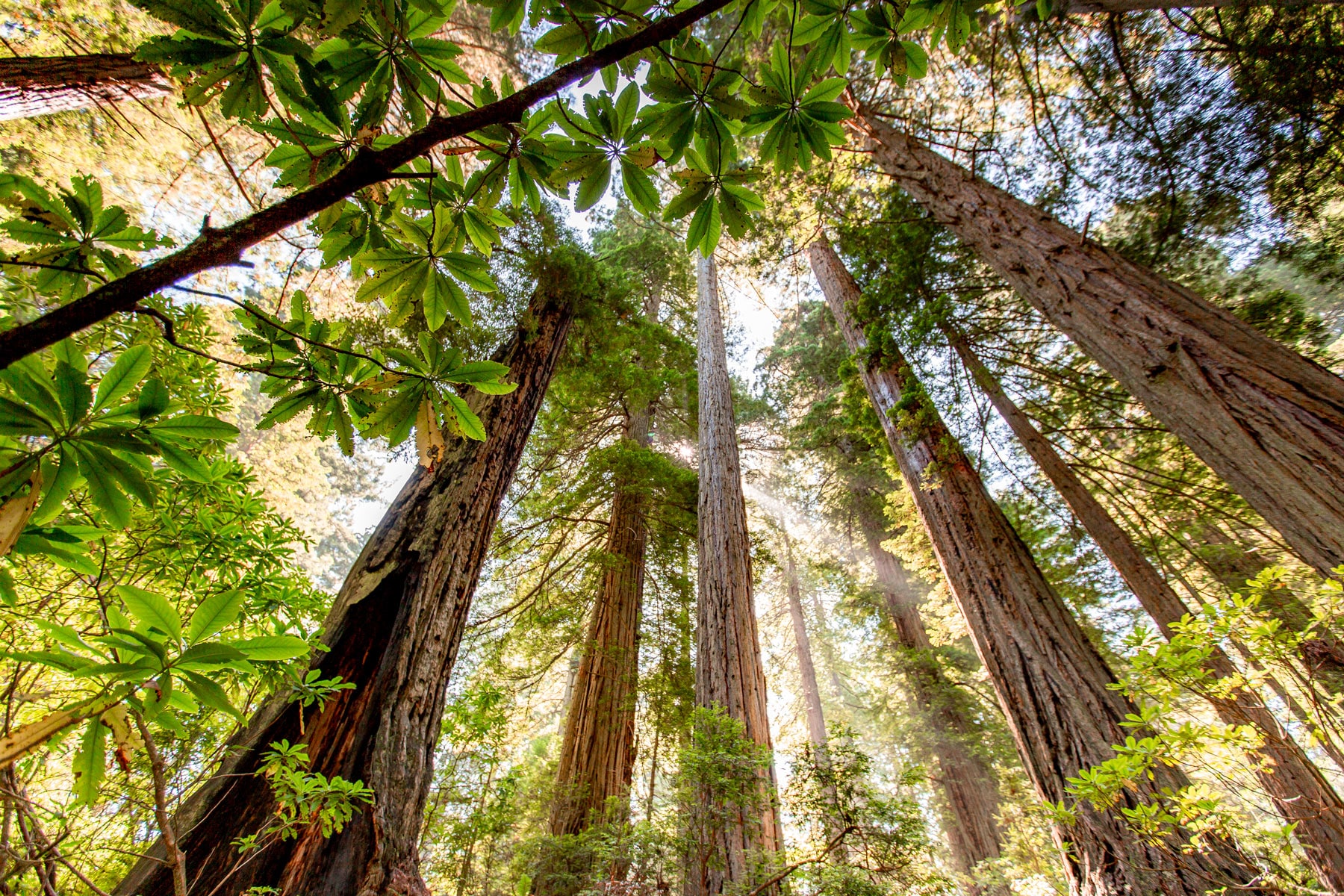
Stewart Udall Pursued The Fight For Justice & The Rights Of Individuals
One of the notable shifts in Stewart Udall’s post-government career was his transition to leading legal battles against the government, challenging the very institution he had once been a part of. He used his legal expertise and passion for justice to fight for the rights of individuals who had been affected by government actions.
He played a crucial role in bringing a lawsuit against the U.S. government on behalf of Navajo families. These families were seeking compensation for the health issues, including lung cancer, that their loved ones had suffered as a result of uranium mining conducted on their lands for the government’s nuclear programs.
Another legal battle led by Udall focused on seeking compensation for individuals who lived downwind from above-ground nuclear tests conducted in Nevada during the 1950s and early 1960s. These tests had significant environmental and health consequences for the affected communities, and Udall’s advocacy aimed to hold the government accountable for its actions.
Udall’s lawsuits produced results. They provided a mountain of evidence for congressional investigations into the safety of the nation’s nuclear weapons complex. In 1990, the Radiation Exposure Safety Act was enacted to compensate thousands of Americans. Udall helped write the measure and lobby for its passage.
His decision to lead these legal battles showcased Udall’s unwavering dedication to justice, public welfare, and environmental protection. By using his legal expertise to champion these causes, he continued to make a positive impact on the lives of individuals and communities affected by government actions.

A Letter To My Grandchildren
In his last published work, Stewart Udall wrote “A Letter To My Grandchildren,” which served as a plea to his generation to address the looming threat of climate change before it was too late. Udall wrote:
Where the atmosphere is concerned, irrefutable evidence is rapidly accumulating. The carbon in the atmosphere is increasing every day and little is being done to slow this insidious trend. There is no dispute about the huge contribution the United States has made—and is making every day—to the overall problem. Our country, by itself, is burning fossil fuels that emit 25 percent of the heat-trapping carbon now building up in the planet’s atmosphere.
It is now time to redirect that sweat, genius, and hope in a brand-new direction. After a decade of dillydallying, it is clear that the world is waiting for the United States to step forward, as it did so often in the postwar period, and organize a bold agenda of technological cooperation that reverses global warming. A comprehensive action plan is needed that will inspire your generation to develop inventions that provide universal benefits for humanity.
The Conservation Brothers
Morris Udall – Early Career
Morris “Mo” K. Udall of Tucson, Arizona, was born in St. Johns, Arizona on June 15, 1922. He grew up in a politically active family. He served in the U.S. Army Air Corps during World War II and was awarded the Air Medal with three Oak Leaf Clusters for his service as a gunner in the Pacific theater.
Udall earned his law degree from the University of Arizona and practiced law.
Morris started a law firm with his brother, Stewart, in Tucson in 1949 and served as Pima County Attorney from 1952-1954. He then served as vice-president of the Arizona Bar Association in 1961 and was the co-founder of the Bank of Tucson and the Catalina Savings and Loan Association. He also served as president of the Tucson YMCA in 1960.
Udall served in the Arizona State House of Representatives from 1955 to 1961. Like his older brother, Morris moved to the national stage to play important role in conservation and environmental protection.

I’ve been through legislation creating a dozen national parks, and there’s always the same pattern. When you first propose a park, and you visit the area and present the case to the local people, they threaten to hang you. You go back in five years and they think it’s the greatest thing that ever happened.
-morris udall
Another Life Dedicated To Public Service
When Stewart Udall left Congress to become the Secretary of the Interior, he was replaced by his younger brother. Morris Udall represented Arizona’s 2nd Congressional District as a Democrat from 1961 to 1991.
Morris Udall was known for his wit, charisma, and commitment to progressive causes. He focused on issues such as civil rights, health care, education, and social welfare. He was also a vocal advocate for environmental conservation and played a key role in passing legislation to protect natural resources and public lands.
A Legacy Of Environmental Activism
The Conservation Brothers established a legacy of environmental activism. In the case of Morris Udall, his dedication to environmental conservation led to his involvement in numerous legislative initiatives.
He was a co-sponsor of the Alaska National Interest Lands Conservation Act, which protected over 150 million acres of wilderness in Alaska.

According to the United States Capitol Historical Society, Udall’s conservation bill involved the protection of more than 150 million acres of land; it doubled the size of the national parks holdings and tripled the size of the national wilderness system.
He later recalled, “My aim was to protect what are sometimes called the ‘Crown Jewels’ – the most spectacular of the many large tracts of pristine wilderness in Alaska – from despoilment by natural – resource developers and exploiters of the native Eskimo.”
He also served as a champion of clean air and water legislation during his time in office.

Morris Udall Continued The Fight For A Better Environment After Leaving Office
Udall’s environmental action earned him widespread recognition. In 1986, he was awarded the National Wildlife Federation’s Conservationist of the Year after receiving a similar award from the National Park and Conservation Association in 1980.
When Morris Udall retired from Congress, The Washington Post’s David Broder wrote: “The legacy he left is imposing and enduring. It ranges from strip mining and Alaskan wilderness legislation to the reform of archaic committee and floor procedures that congressional barons had used to conceal their arbitrary power. For a whole generation of congressmen, Udall became a mentor and a model – and they will miss him as much as the press galleries do.”
After Udall left Congress, he remained active and engaged in various activities that continued to reflect his commitment to public service, advocacy, and the issues he cared about.
He turned to teaching and public speaking as a way to share his insights and experiences. He became a visiting professor at the University of Utah’s College of Law, where he shared his knowledge of law, policy, and politics with students.
In 1992, Congress established the Morris K. Udall Scholarship and Excellence in National Environmental Policy Foundation Award, which is annually bestowed upon 55 college sophomores and juniors who intend to pursue careers related to environmental policy.
In 1996, President Bill Clinton presented Udall with the Presidential Medal of Freedom.
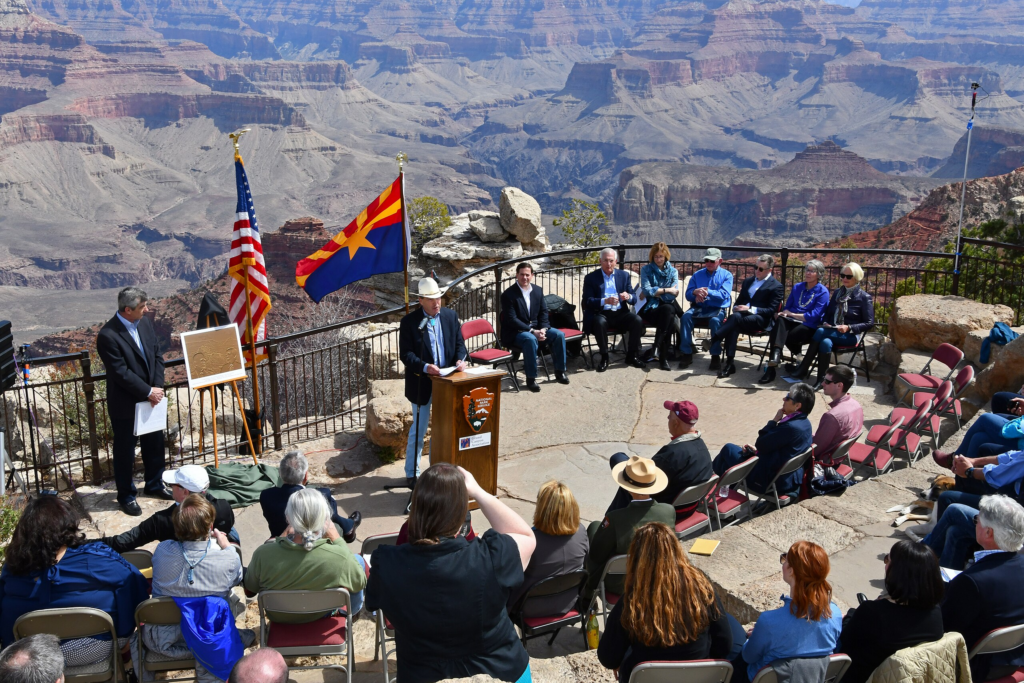
The Udall Foundation – The Conservation Brothers Work Lives On
The Udall Foundation was established by the U.S. Congress through the Morris K. Udall Scholarship and Excellence in National Environmental and Native American Public Policy Act of 1992 (Public Law 102-259). This legislation was signed into law by President George H.W. Bush on March 20, 1992.
The Conservation Brothers foundation is a U.S. federal agency that was established to honor the legacies of Morris “Mo” Udall and Stewart L. Udall.
As for the Conservation Brothers, Morris Udall was diagnosed with Parkinson’s disease in 1979. In May of 1991, he resigned from Congress for health reasons. He died on December 12, 1998.
Stewart Udall died peacefully at his home in the foothills of Santa Fe, New Mexico, on March 20, 2010, at the age of 90. While both Conservation Brothers are gone, their important work lives on through their foundation.
Purposes Of The Udall Foundation
The purposes of the Udall Foundation are to:
- increase the awareness of the importance of, and promote the benefit and enjoyment of, the nation’s natural resources;
- foster a greater recognition and understanding of the role of the environment, public lands and resources in the development of the United States;
- identify critical environmental issues;
- develop resources to train professionals properly in environmental and related fields;
- provide educational outreach regarding environmental policy;
- develop resources to train Native American and Alaska Native professionals in health care and public policy;
- provide assessment, mediation, and other related services to resolve environmental disputes involving federal agencies.
The Udall Foundation’s establishment reflects the recognition of Morris and Stewart Udall’s significant impact on American society and the desire to carry forward their legacies by empowering future leaders and promoting the causes they held dear.
The Conservation Brothers remind all of us that, as Wendell Barry once said, “The Earth is what we all have in common.” Therefore, it’s up to all of us to be good stewards of our planet. After all, it’s the only one we’ve got.
About The People Behind More Than Just Parks
We’re Jim Pattiz and Will Pattiz, collectively known as the Pattiz Brothers (and sometimes as the “Parks Brothers”).
You should probably know that we don’t just make this stuff up out of thin air. We absolutely LOVE America’s public lands and have spent our entire adult lives bringing these places to life through our amazing short films.
We’ve worked with the National Park Service, the Department of Interior, USDA, U.S. Forest Service, and more for years creating films on important places and issues. Our work has been featured in leading publications all over the world and even some people outside of our immediate family call us experts on the national parks.
And, in 2018, our father – having spent a lifetime teaching history – joined us so that he could help us to tell the incredible stories behind these amazing places.
Meet The Parks Brothers
We Hope You’ll Follow Our Journey

Our goal here at More Than Just Parks is to share the beauty of America’s national parks and public lands through stunning short films in an effort to get Americans and the world to see the true value in land conservation.
We hope you’ll follow our journey through the parks and help us to keep them the incredible places that they are. If you’re interested in joining the adventure then sign up below!
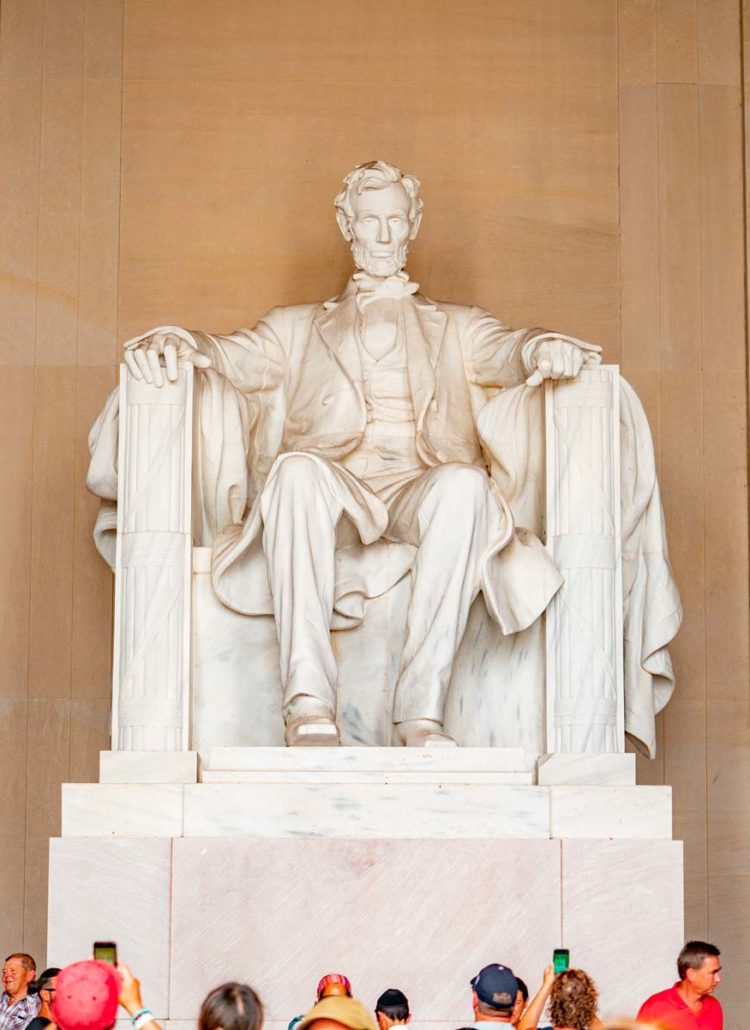
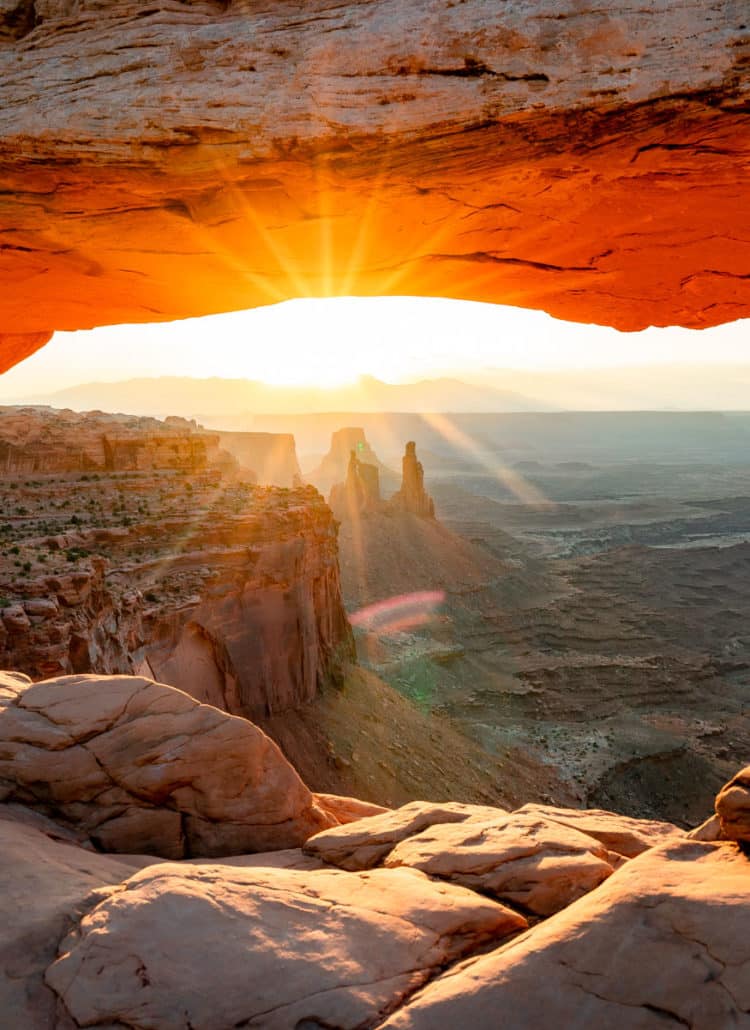
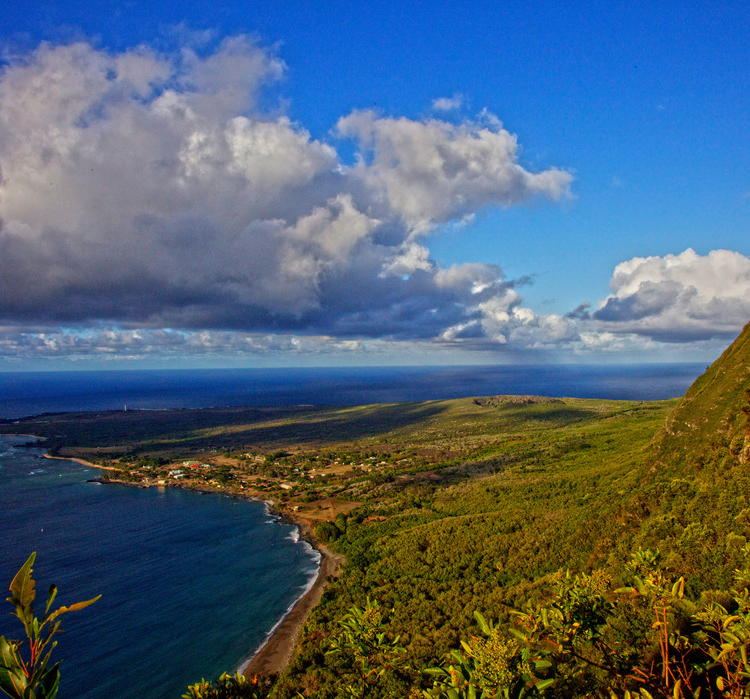


Leave a Reply